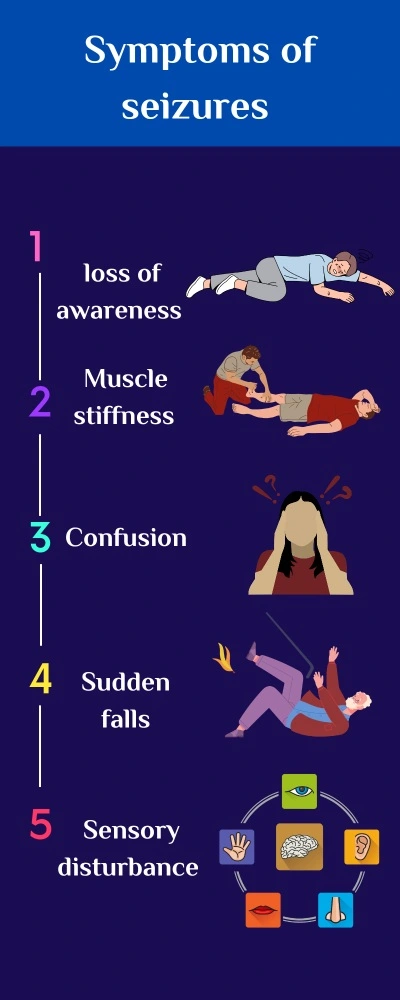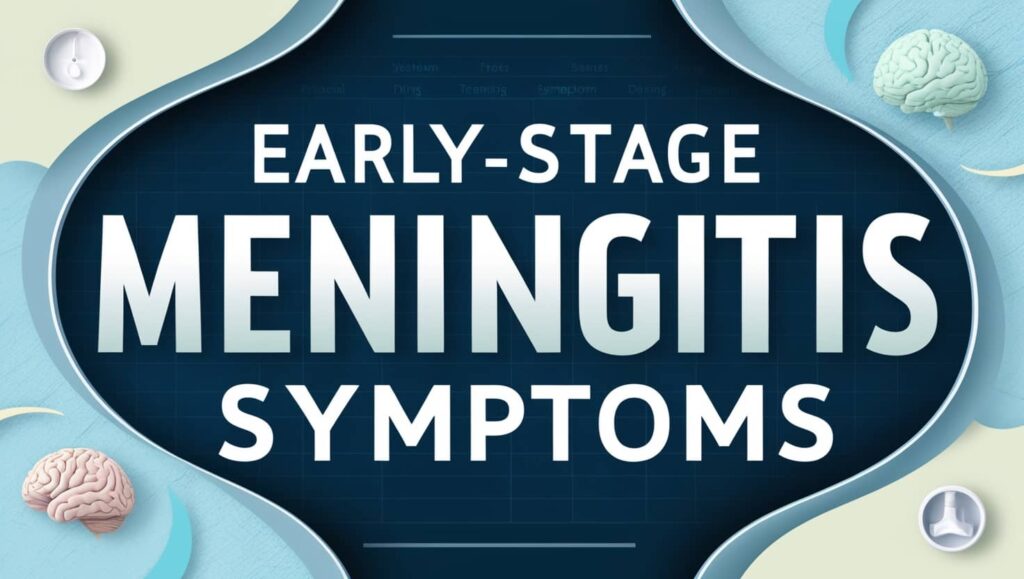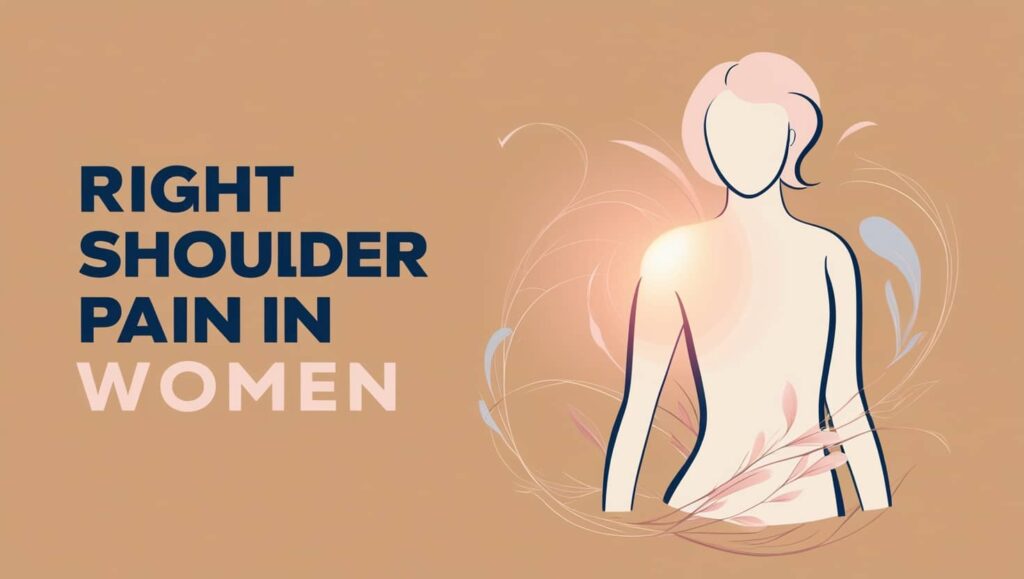Seizures, those sudden neurological disturbances, can induce fear and anxiety when they strike someone for the first time, especially if they are an adult. What causes seizures in adults for the first time? And What drives a healthy brain to generate random electrical impulses that result in these involuntary movements?
In the following article, let’s explore the causes of seizures and the proper diagnosis for managing this issue. Feel free to read on!
Neurological Conditions Leading to Seizures
Seizures are sudden issues that occur due to an abnormality in the brain’s electrical activity that impairs signal transmission between the brain and neurons, resulting in rapid and irregular electrical impulses.
This uncontrolled, abnormal activity could trigger alterations in consciousness, behavior, memory, or emotions.
In addition, seizures can identify if you have the following:
- Epilepsy.
- Psychogenic non-epileptic.
- Non-epileptic seizures occur due to some medical conditions or other factors, such as:
- Low or high blood sugar levels.
- Cardiovascular problems.
- Withdrawal of drugs.
- Metabolic issues.
The most important question for an adult having a seizure is: What causes seizures in adults for the first time?
Therefore, doctors can respond to this question, where various factors can contribute, including neurological diseases like epilepsy.
Epilepsy is a neurological issue marked by recurring seizures.
According to the World Health Organization, it affects roughly 5 million individuals worldwide, with 4 to 10 people per 1,000 experiencing active seizures due to epilepsy.
Plenty of factors can cause this condition, such as:
- Head trauma.
- Low oxygen levels at birth.
- A stroke.
- Meningitis is an example of encephalitis.
- Brain tumors.
- Imbalance of electrolytes like sodium, potassium and calcium.

Various symptoms can be caused by seizures, depending on the area of the brain that is affected and how severe the seizure is.
Furthermore, seizures can last anywhere from ten seconds to many minutes and could involve:
- Loss of consciousness takes place.
- Changes in hearing and vision, among other sense losses.
Importantly, seizures are not usually linked to epilepsy, although they do occur in approximately 10% of individuals.
The diagnosis of epilepsy is often made when a person experiences two or more seizures without a known cause.
Infections and Their Role in Adult
Infection of the central nervous system with pathogens such as viruses and bacteria causes seizures as a result of the inflammatory immunological response, which causes alterations in the electrical activity of the brain.
This was demonstrated by a 1922 study of 900 individuals suffering from central nervous system infections, which found that approximately 14% of them had seizures.
Then, there are some examples of infections of the central nervous system that produce seizures, like:
- Toxoplasmosis.
- Tuberculosis.
- German measles.
- Bacteria that causes meningitis.
- Neuroinflammation disease.
- HIV.
- Cytomegalovirus.
Onset Seizures
The onset of seizures varies based on the affected area of the brain, leading to different types of seizures.
The two main categories are:
- Focal onset seizures.
- Generalized onset seizures.
Focal onset seizures
Focal or partial seizures, affecting one side of the brain, can cause changes in consciousness, behavior, sensation, and abnormal motions.
Then, this type can differentiate into subtypes as:
- Focal aware seizures cause vomiting, sweating, speaking difficulty, and unusual movements.
- Impaired awareness seizures occur when partial or complete consciousness is accompanied by signs of involuntary movements like crying and screaming.
- Bilateral tonic-clonic seizures occur when awareness spreads to both sides of the brain, leading to a loss of control over the bladder and breathing difficulties.
Generalized onset seizures
This type of seizure begins on both sides of the brain leading to complete loss of awareness and abnormal movements can be can classify into:
- Generalized motor seizures are characterized by muscle stiffness or spasms.
- Absence, or may be called generalized non-motor seizures, with symptoms such as hand movements, sudden loss of awareness, and making it as if chewing food.
Substance-Induced Seizures in Adults
Another reason that can explain What causes seizures in adults for the first time is the influence of certain substances which can trigger seizures.
Then, examples of these substances include:
- Alcohol.
- Sedatives.
- Antidepressant medications.
- Stimulants such as cocaine.
- Antihistamines.
- Some anti-epileptic drugs.
Glutamate and GABA, the primary excitatory and inhibitory neurotransmitters, respectively, play a crucial role in seizure activity.
Glutamate levels rise sharply during a seizure, whereas GABA levels stay mostly unchanged.
This imbalance between excitation and inhibition contributes to the initiation and spread of seizure activity.
Therefore, the symptoms of substance induced seizures involving:
- Muscle stiffness.
- Breath difficulties.
- Twitching.
- Hyperthermia.
Read Also: Early Signs of Parkinson’s in Females
Impact of Head Trauma on Seizure Development
The most common problem following head trauma is seizures, however, not everyone who has had a brain injury experiences seizures.
After traumatic brain injury, seizures can start in the first few days and last for weeks or even months.
They can be classified into:
- Early post-traumatic seizures occur within a week of injury, and approximately 25% of people experience another one in the months that follow.
- Post-traumatic seizures occur one week after injury, and around 80% of patients will experience another one.
- Epilepsy occurs when you have more than one seizure and may last your entire life.
Furthermore, persons who have bleeding between the brain and the skull as a result of head trauma may experience seizures, as may those who have undergone many surgeries following a brain injury.
Diagnosing the Underlying Cause of a Seizure

After understanding what causes seizures in adults for the first time, a doctor can identify the seizures by asking you or your family the following questions based on your medical history and physical examination:
- How long did the seizures last?
- Have you ever had seizures?
- Do you have any other medical issues?
- What were you doing before you had the seizure?
- Did you stand, sit, sleep, or participate in an activity?
- Which signs did you have throughout the seizure?
Depending on your answers, the doctor may recommend some tests, including:
- Electroencephalogram is a test that measures your brain’s electrical activity to detect if you have epilepsy.
- A neurological exam evaluates brain function and senses to check for any abnormalities in brain function.
- Magnetic Resonance Imaging produces detailed images of the brain to discover any issues that may be causing seizures.
- A computed tomography scan uses X-rays to generate complete images of brain tissue, identifying abnormalities such as tumors or blood flow problems that may cause seizures.
- Blood tests are used to look for metabolic or genetic problems, as well as diseases such as diabetes and anemia, which could be causing the seizures.
Read Also: Normal Dosage of Gabapentin for Nerve Pain
Summary
Seizures are sudden brain electrical abnormalities that impair signal transmission, leading to alterations in consciousness, behavior, or emotions.
They can be categorized as epilepsy, psychogenic non-epileptic, or non-epileptic seizures.
What causes seizures in adults for the first time including neurological conditions, infections, head trauma, and certain drugs.
Seizures are onsets based on the brain’s affected area, causing two main categories, focal onset seizures and generalized onset seizures.
Symptoms include loss of consciousness, hearing and vision changes, muscle stiffness, and can last from ten seconds to minutes.
Seizures in adults can be identified by a doctor based on medical history and physical examination.
He may recommend tests like electroencephalograms, neurological exams, magnetic resonance imaging, and blood tests to assess brain function.
References
- U.S. Department of Health and Human Services. (n.d.). Epilepsy and seizures. National Institute of Neurological Disorders and Stroke. From NIH
- Kaur, S., Garg, R., Aggarwal, S., Chawla, S. P. S., & Pal, R. (2018). Adult onset seizures: Clinical, etiological, and Radiological Profile. Journal of family medicine and primary care. From PubMed
- Huff, J. S. (2023, February 7). Seizure. StatPearls [Internet]. Form NIH
- Carpio, A., Salgado, C., DiCapua, D., Fleury, A., Suastegui, R., Giagante, B., Aguilera, L., Quijada, A., Nuñez, L., Villanueva, M., Plascencia-Alvarez, N., Hamamoto Filho, P. T., Piedra, L. M., Silva-Rosas, C., & Kelvin, E. A. (2024, April). Causes and prognosis of adults experiencing a first seizure in adulthood: A pilot cohort study conducted in five countries in Latin America. Epilepsia is open. From PubMed
- Stafstrom, C. E., & Carmant, L. (2015, June 1). Seizures and epilepsy: An overview for neuroscientists. Cold Spring Harbor perspectives in medicine. From PubMed
- World Health Organization. (n.d.-f). Epilepsy. World Health Organization.
- Centers for Disease Control and Prevention. (n.d.). Types of seizures. Centers for Disease Control and Prevention. From CDC
- U.S. Department of Health and Human Services. (n.d.-a). Epilepsy and seizures. National Institute of Neurological Disorders and Stroke.From NIH







